Beyond Explanation: Malta’s Cart Ruts That Defy Historical Explanation
There are plenty of unexplained phenomena in our world. From Stonehenge to the Easter Island Heads, many wonders of the world make us ask: Who did this and why?
One of these unexplained phenomena thought to be man-made occurs on the islands of Malta and Gozo in the Maltese islands. These parallel lines seemingly cut into stone have puzzled experts for centuries. Who made these marks? Let’s get into it.
What Are the Cart Ruts in Malta?
The tracks in Malta gouge into the rock and crisscross across the island. For years, researchers have studied the most notable marks found on a prehistoric cliff site in Malta, called Misrah Ghar il-Kbir, but they know little about them.
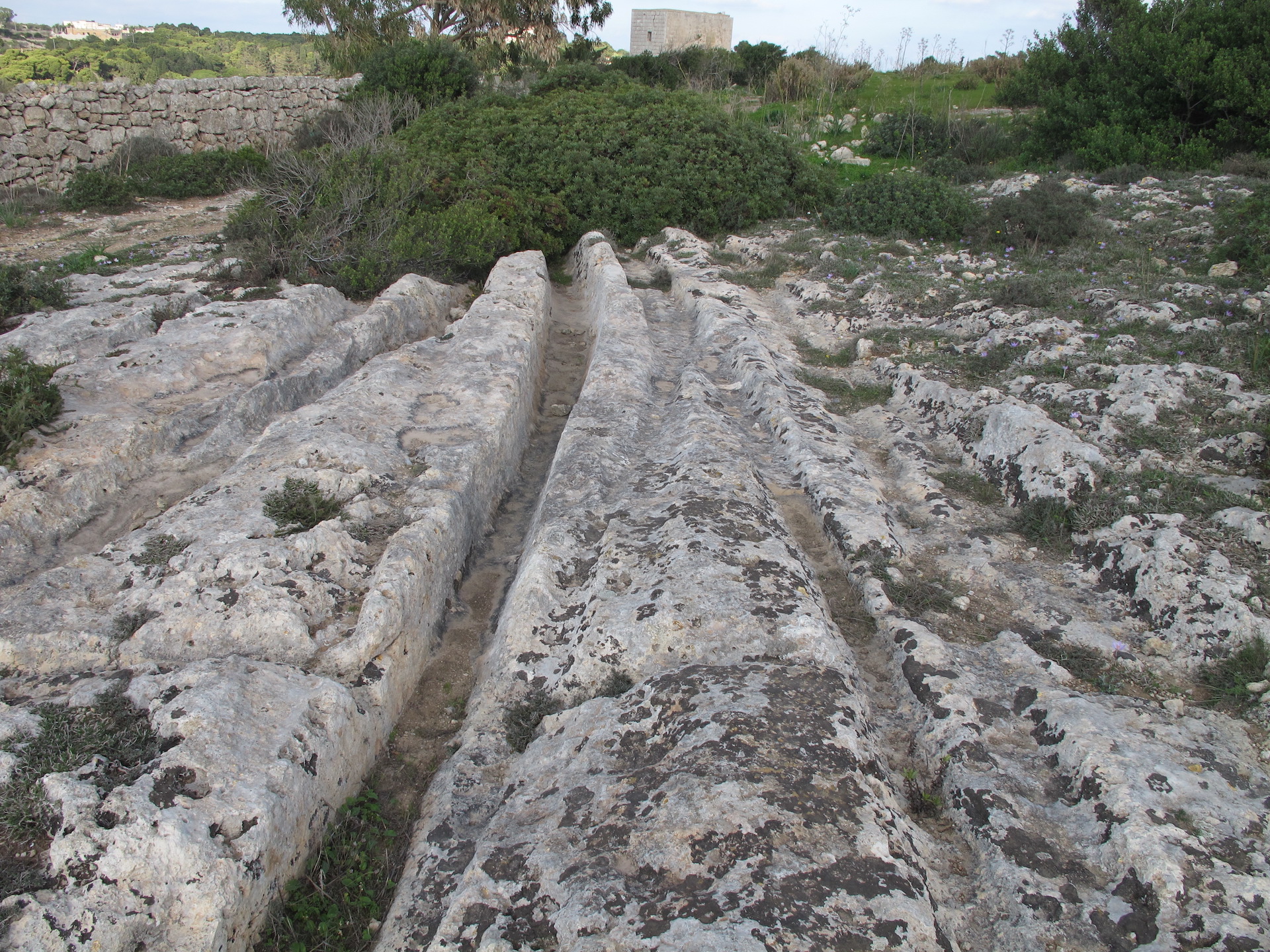
Source: Wikimedia Commons
These “cart ruts” of Malta likely served transportation or industrial railway purposes, unlike the ceremonial desert marking.
How Were These Carts Ruts Made?
These cart ruts resemble tracks left by carts in the dirt. Carts could not have made these marks. Someone etched the dual parallel grooves into the limestone bedrock of the islands.
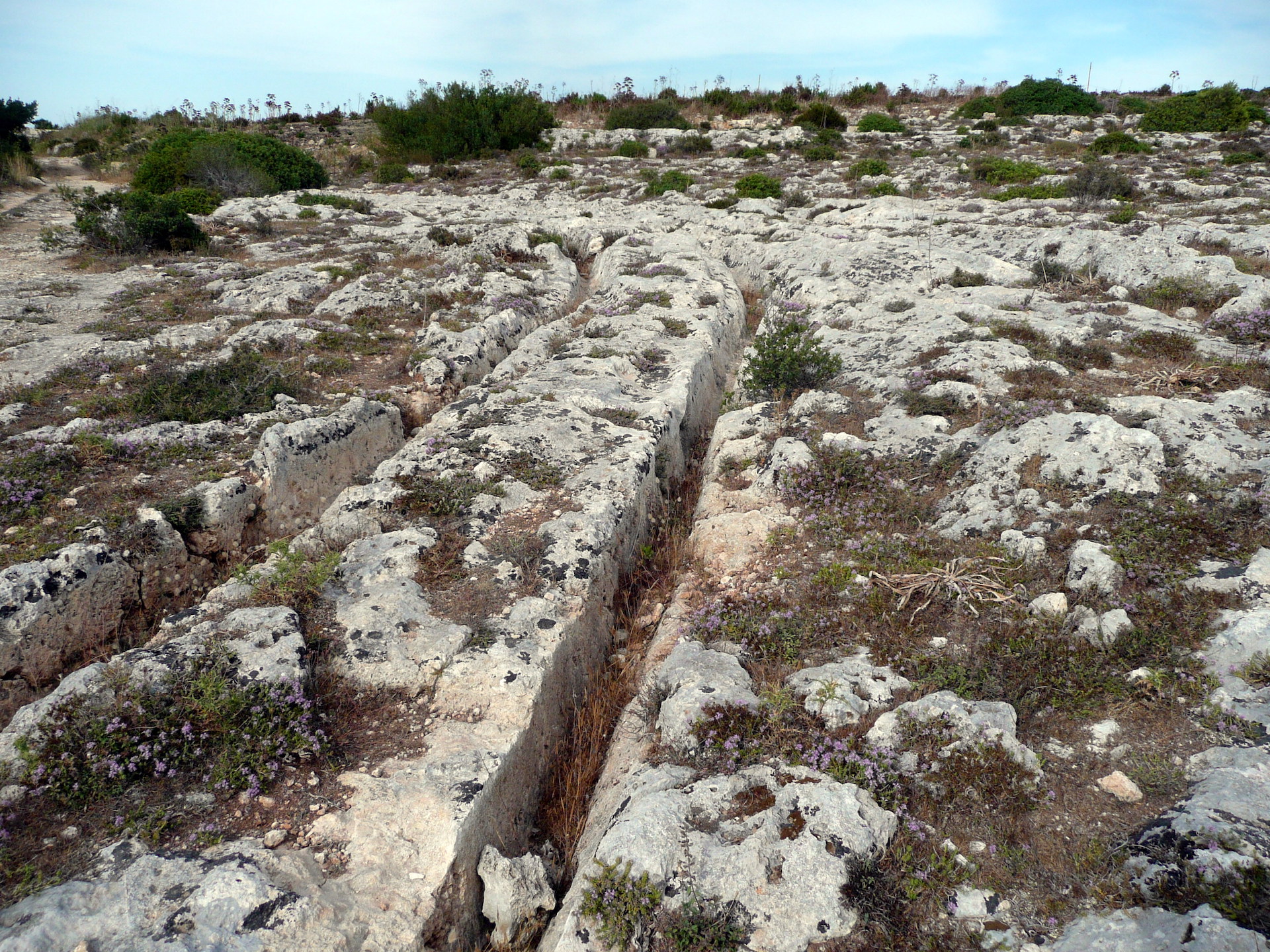
Source: Wikimedia Commons
According to Ancient Origins, most of the channels measure to be about eight to 15 cm (5.90) inches deep. Some of the deeper channels are about 60 cm (23.62 in). The width can reach 140 cm (55.11 in).
These Cart Ruts Were Probably Made in the Bronze Age
New settlers coming to Malta from Sicily at the beginning of the Bronze Age (about 2000 B.C.) likely carved the ruts. However, there is evidence that humans inhabited the islands from 59000 B.C., according to the Times of Malta.

Source: Wikimedia Commons
Maltese archaeologist Anthony Bonanno suggested that the ruts are Phoenician constructions, which was an ancient Semitic thalassocratic civilization that originated in the coastal strip of the Levant region of the eastern Mediterranean around 2500 B.C.
What Could Have Made These Ruts?
CartRutsMalta.com (via Ancient Origins) notes in an article that any vehicle, whether sled or wheeled, would need a platform/axle over 1 or 2 meters (3.2-6.5 ft) high to drag along them, rendering it seemingly impossible.
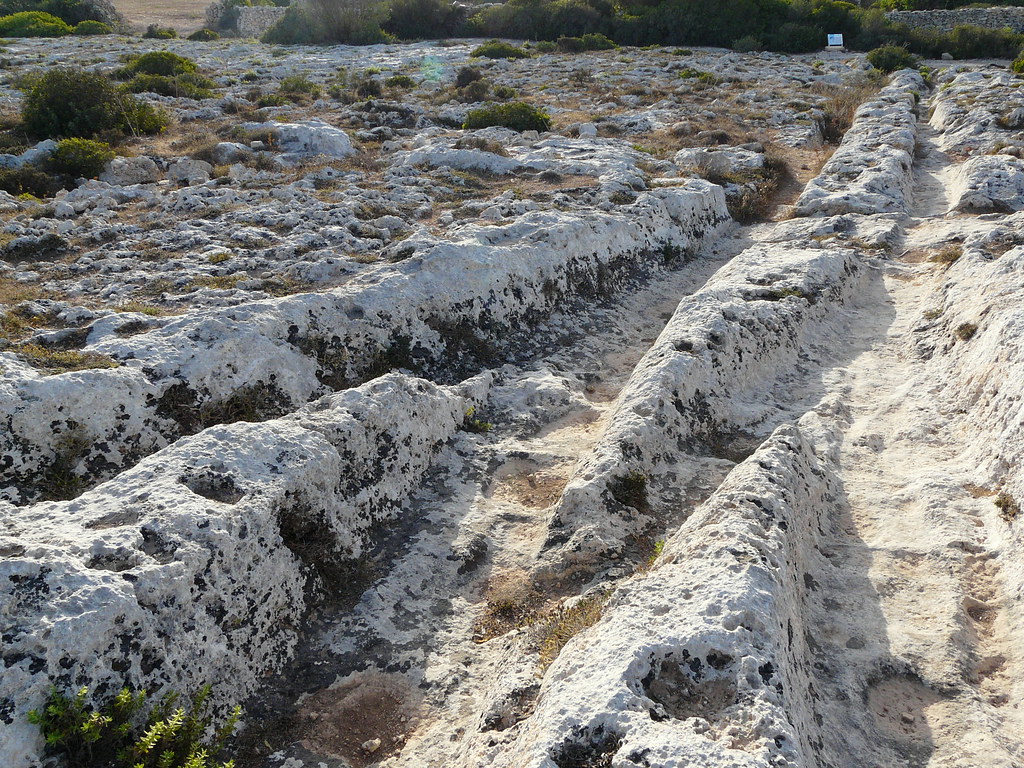
Source: albir/Flickr
The ruts vary in size, ranging from wide, V-shaped, and shallow, with some appearing as if tools squared them off. It is difficult to determine the types of vehicles that caused them or if weathering has altered the shape of the ruts.
The Ruts Looks Like Modern Train Tracks
What these ruts were used for seems beyond explanation. While some ruts look like they could represent train tracks in your local city, other ruts lead directly off a cliff or up steep ridges. In some instances, some ruts seem to continue underwater.

Source: Ronny Siegel/Flickr
The patterns in the Malta ruts resemble purposefully caused erosion on wagon tracks, unlike the other tracks naturally found in Europe.
What Were the Ruts Used For?
Over decades or centuries, carts, skids, or sleds (wheeled or on runners) went over the same route, causing the ruts to exist long after use. These ruts are believed to have been used for transportation.
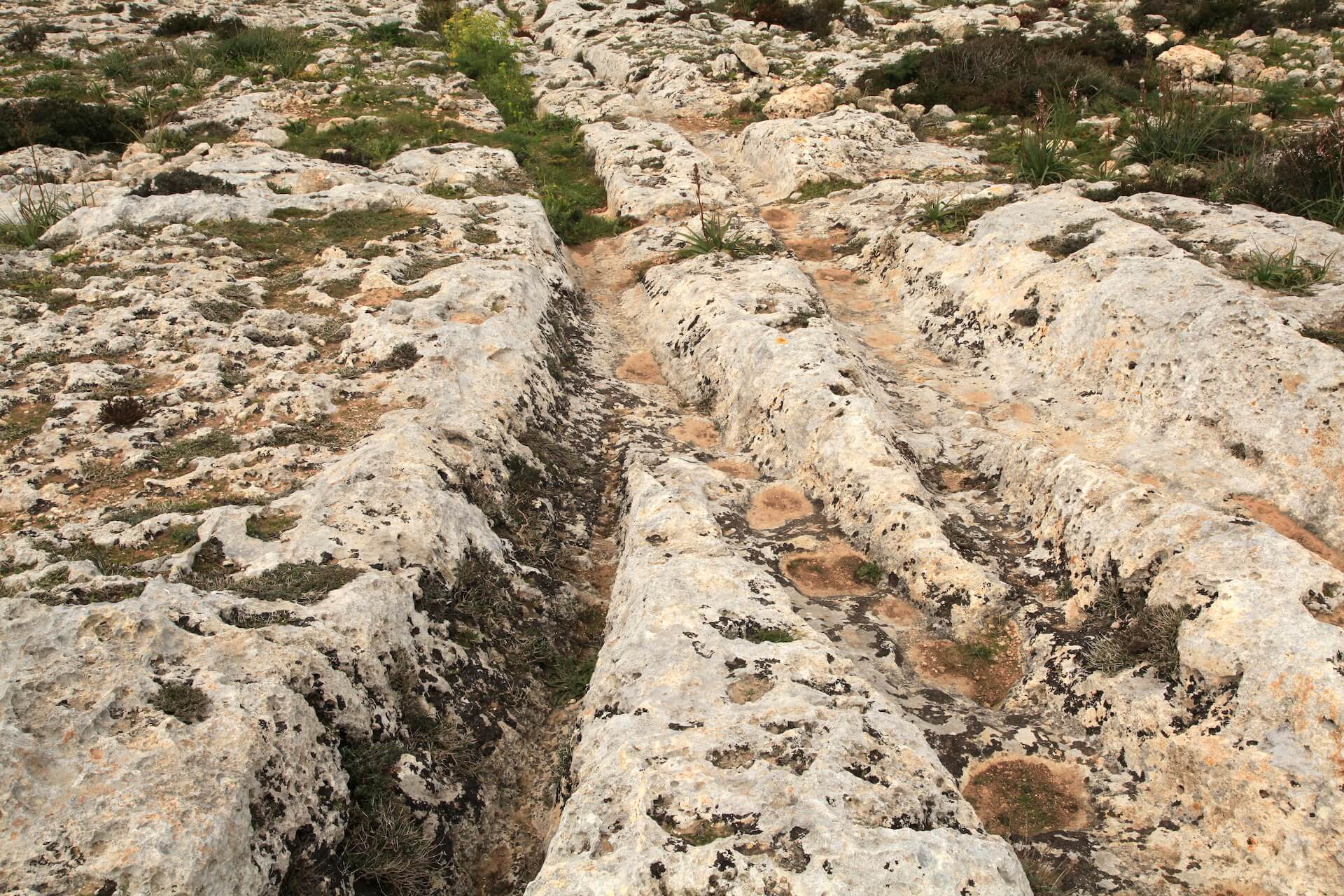
Source: Wikimedia Commons
However, others believe that the ruts were deliberate channels, making a prehistoric irrigation system that stretched across the islands.
Who Pulled the Carts Across the Island?
No one seems to know how the carts moved through the ruts, causing complication about their use, as it’s uncertain whether animals pulled them forward, potentially leaving footprints between or outside the parallel grooves.

Source: Wikimedia Commons
However, there is no evidence of that. Some researchers suggest that humans pulled or pushed carts.
The Ruts Reach Ancient Temples
The ruts reach out to some of the temples of Malta: Hagar Qim, Mnajdra, and Tarxien. The craftsmen fashioned these unique architectural masterpieces from stone, possibly transporting it through the ruts.
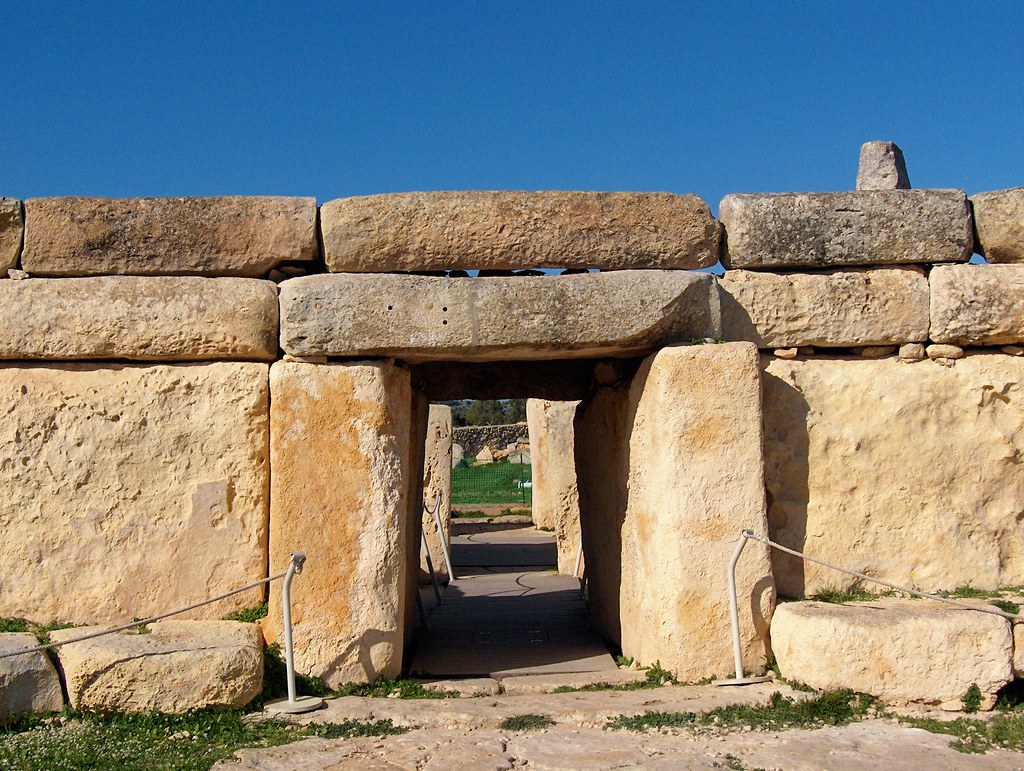
Source: John Haslam/Flickr
Someone transported rocks across the island to build these ancient temples, possibly giants if the legends are true.
Transportation Has Always Existed
Archaeologist Anthony Bonanno theorizes that the Buskett-area track group, running next to Malta’s largest quarry, served as a construction transportation road.
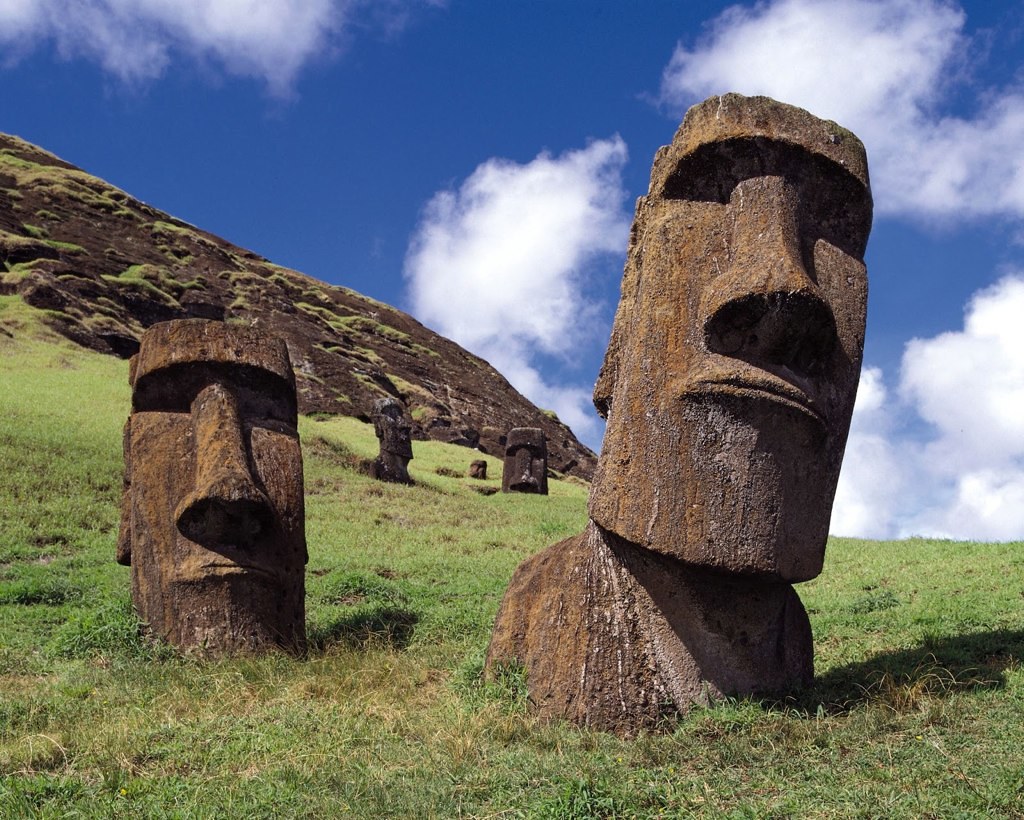
Source: Nathan Hughes Hamilton/Flickr
Rock transportation in ancient times is nothing new. Ancient Polynesians residing on Easter Island moved the Easter Island Heads using three strong ropes and practice (via National Geographic).
The Temples in Malta and Gozo Are the Oldest Freestanding Structures
Ancient builders in Malta and Gozo erected the world’s oldest known freestanding structures and monuments–these temples predate even Stonehenge and the pyramids of Egypt. After the temples’ construction, these builders may have used the ruts to transport topsoil, creating a nearby field for crops.

Wikimedia Commons
While the ruts do not have obvious starting or ending points at the temples, this is just a working theory for some researchers.
Exploring Malta's Megalithic Temples
The origins of the megalithic temples of Malta date back to around 3500 BCE.
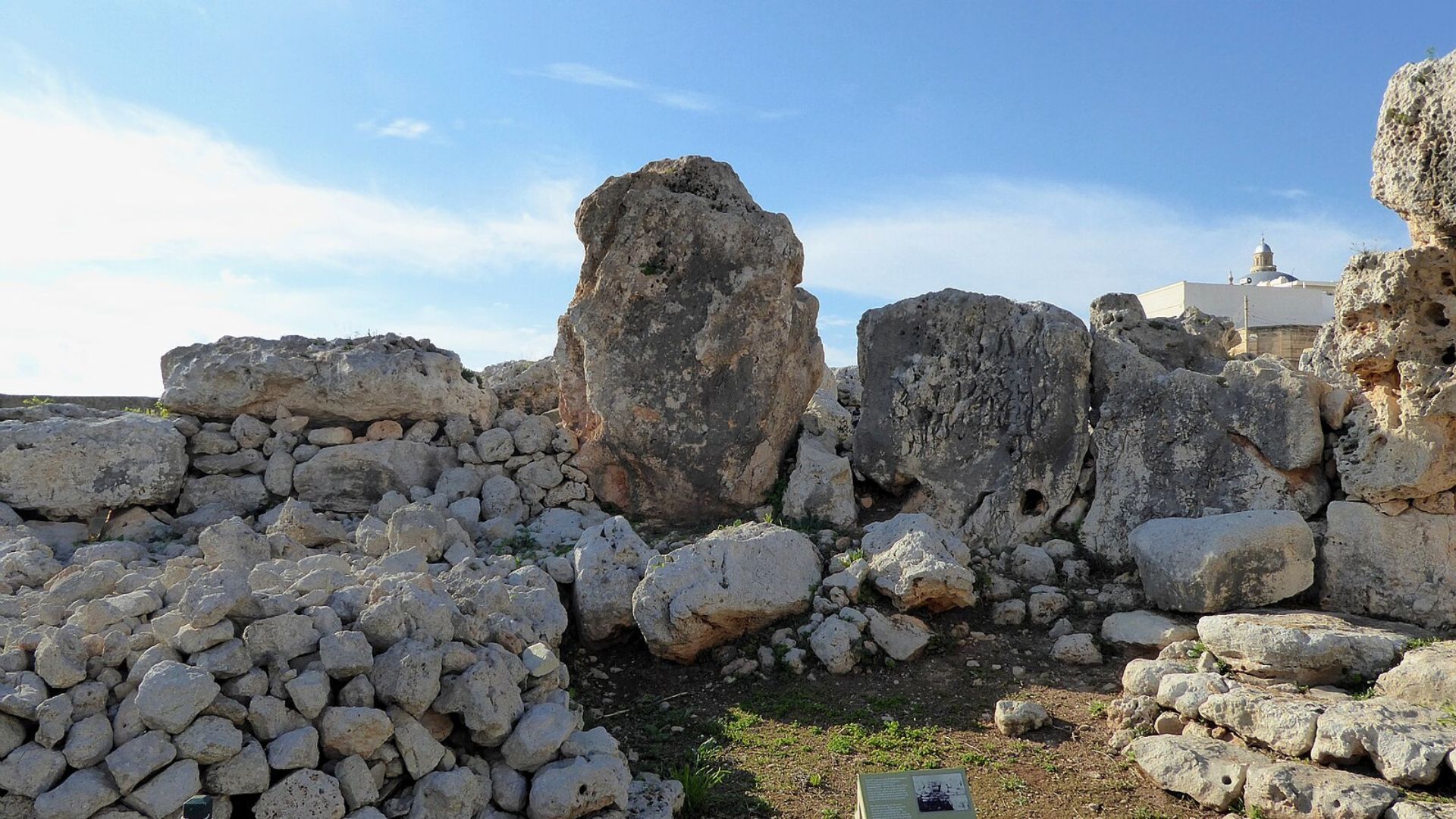
Source: Wikimedia Commons
These temples are remarkable not only for their age but also for the advanced architectural techniques demonstrated by their builders, who achieved these feats without metal tools or modern technology. The construction materials and methods provide significant insights into the capabilities and resourcefulness of these ancient people.
The First Inhabitants: An Archaeological Perspective
Research indicates that the initial settlers of Malta arrived from Sicily, as suggested by the similarities between the Għar Dalam pottery found in Malta and the Stentinello impressed ware from Sicily.
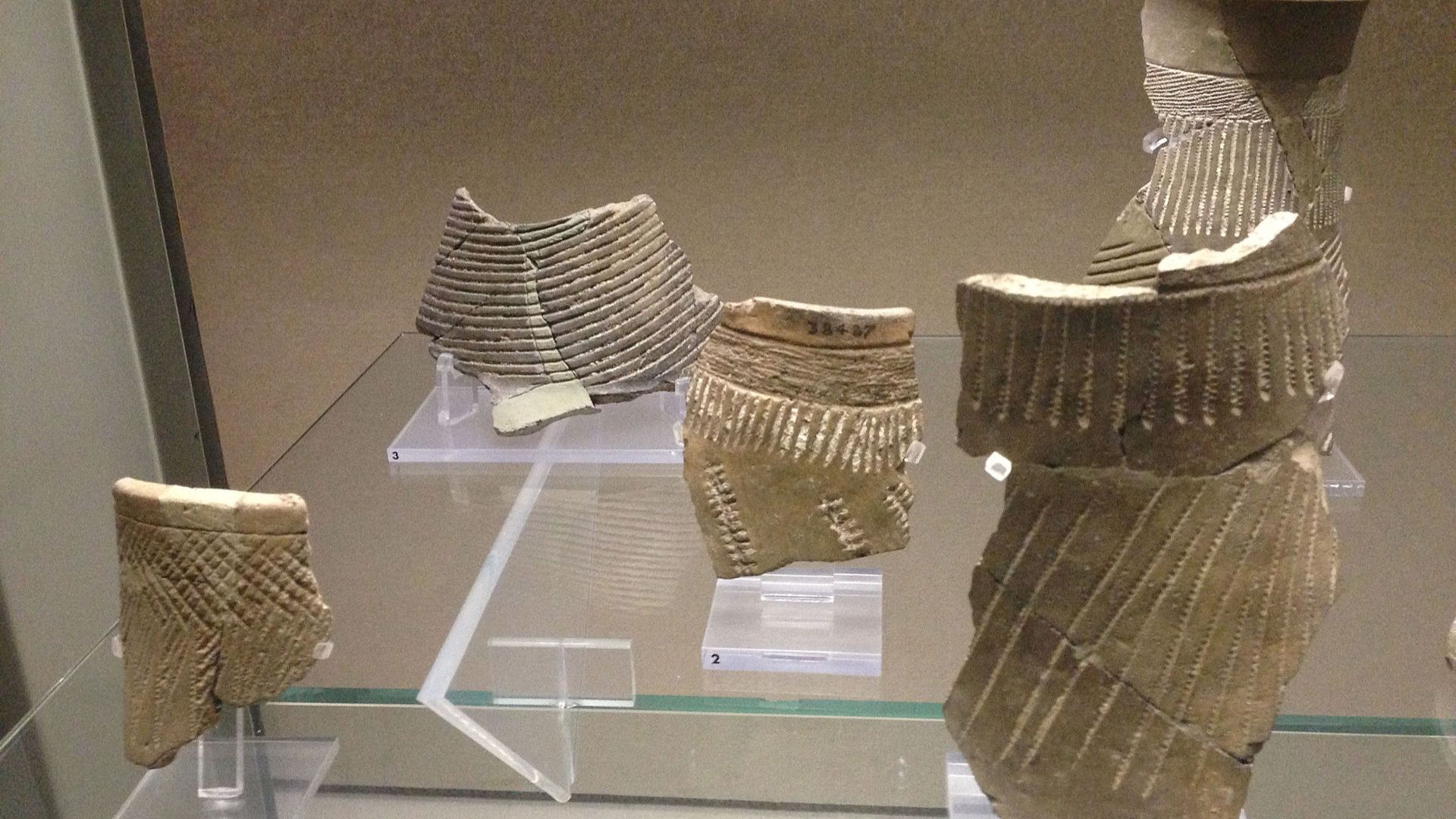
Source: Wikimedia Commons
This connection sheds light on the migration patterns and cultural exchanges in the region during the Neolithic period.
Neolithic Malta: Phases of Development
The Early Neolithic Period in Malta is categorized into three distinct phases: Għar Dalam, Grey Skorba, and Red Skorba, each marked by unique characteristics in pottery and settlement patterns.

Source: Wikimedia Commons
These phases reflect the gradual evolution of the local Neolithic culture, showcasing the adaptability and innovation of the island’s inhabitants in response to their changing environment and needs.
Agriculture and Domestication: Early Maltese Economy
Evidence from the archaeological record points to a predominantly agrarian society in early Malta, with farming and animal husbandry playing crucial roles in daily life.
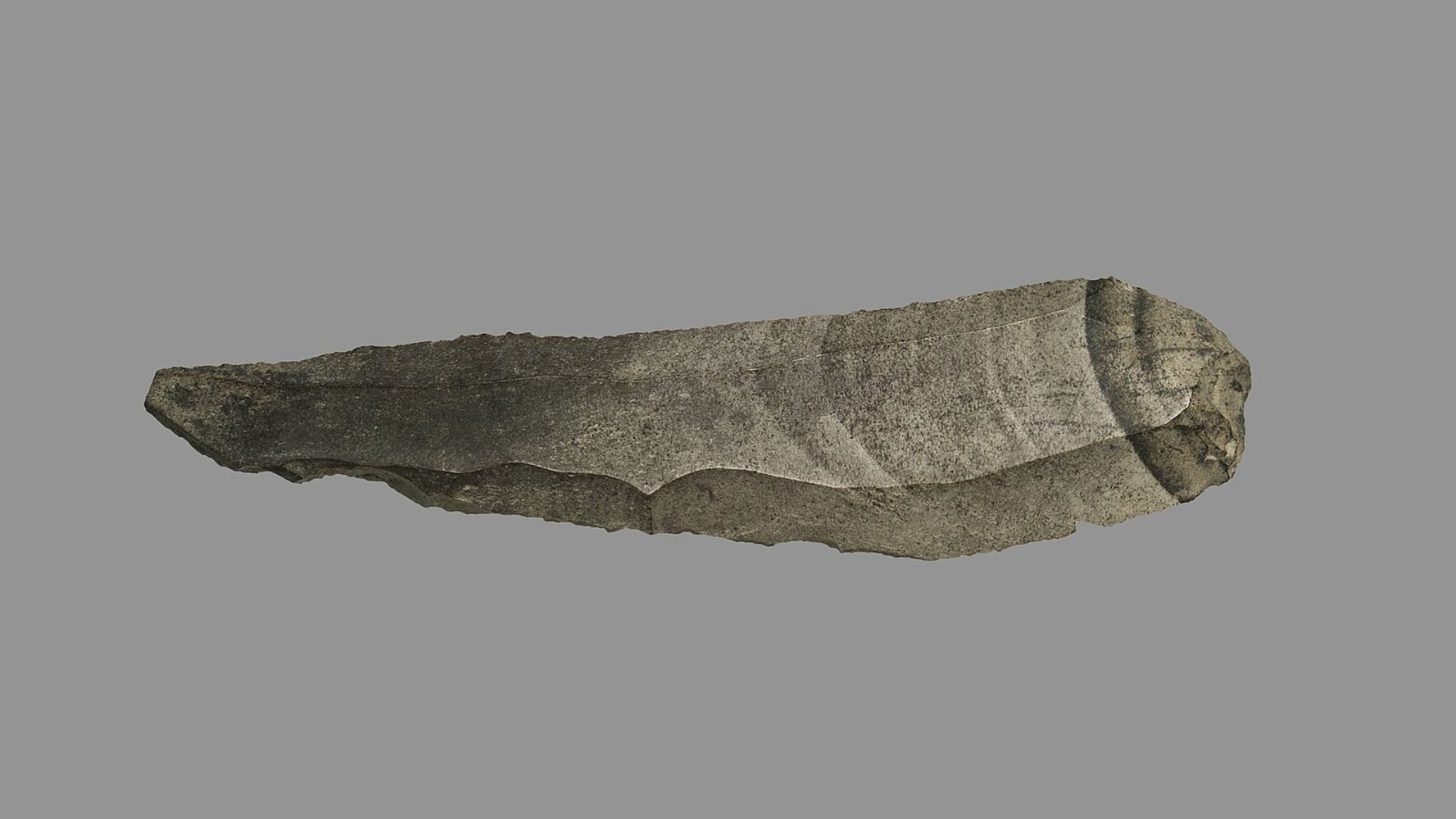
Source: Wikimedia Commons
The discovery of sickle blades, domestic animal bones, and cereal remnants indicates a stable agricultural base, supplemented by hunting practices, as suggested by the presence of carved limestone rocks likely used as slingshots.
From Tombs to Temples
Malta’s architectural landscape witnessed a significant transition from the Żebbuġ Phase, characterized by rock-cut tombs and standing stones, to more complex temple structures in the subsequent Mġarr and Ġgantija Phases.
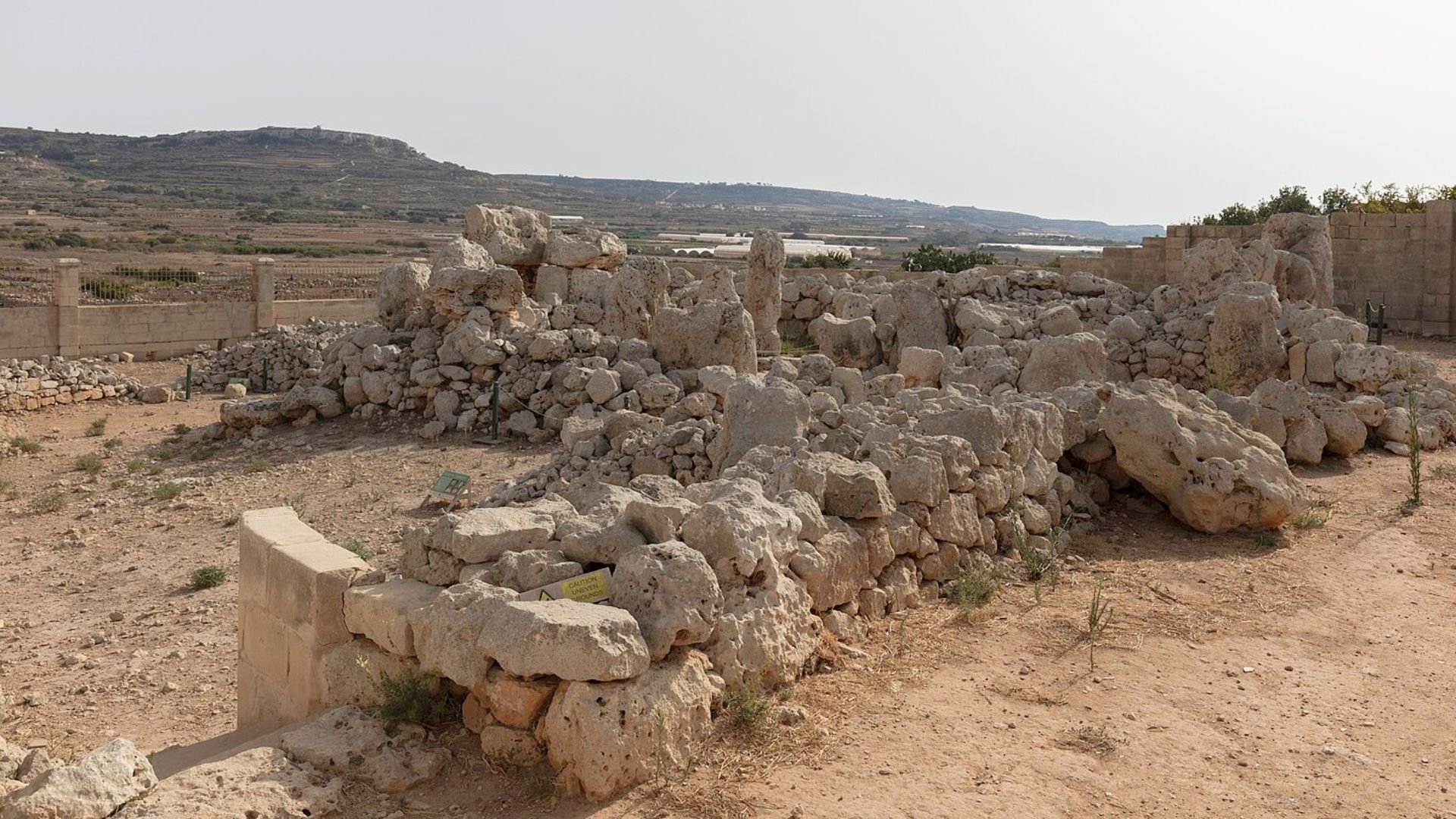
Source: Wikimedia Commons
This evolution marks a shift in societal priorities and capabilities, with increasing emphasis on communal and religious constructs.
Żebbuġ Phase: Foundations of Megalithic Architecture
The Żebbuġ Phase is notable for its incised pottery and the early development of megalithic architecture.

Source: Wikimedia Commons
Finds from this period, such as the Ta’ Trapna tombs, reveal a society engaged in ritualistic practices and artistic expression, as evidenced by the decorated pottery and use of red ochre.
The Ġgantija Temples: Architectural Marvels of the Neolithic
Among the most significant megalithic structures are the Ġgantija Temples, dating back to the Ġgantija Phase.
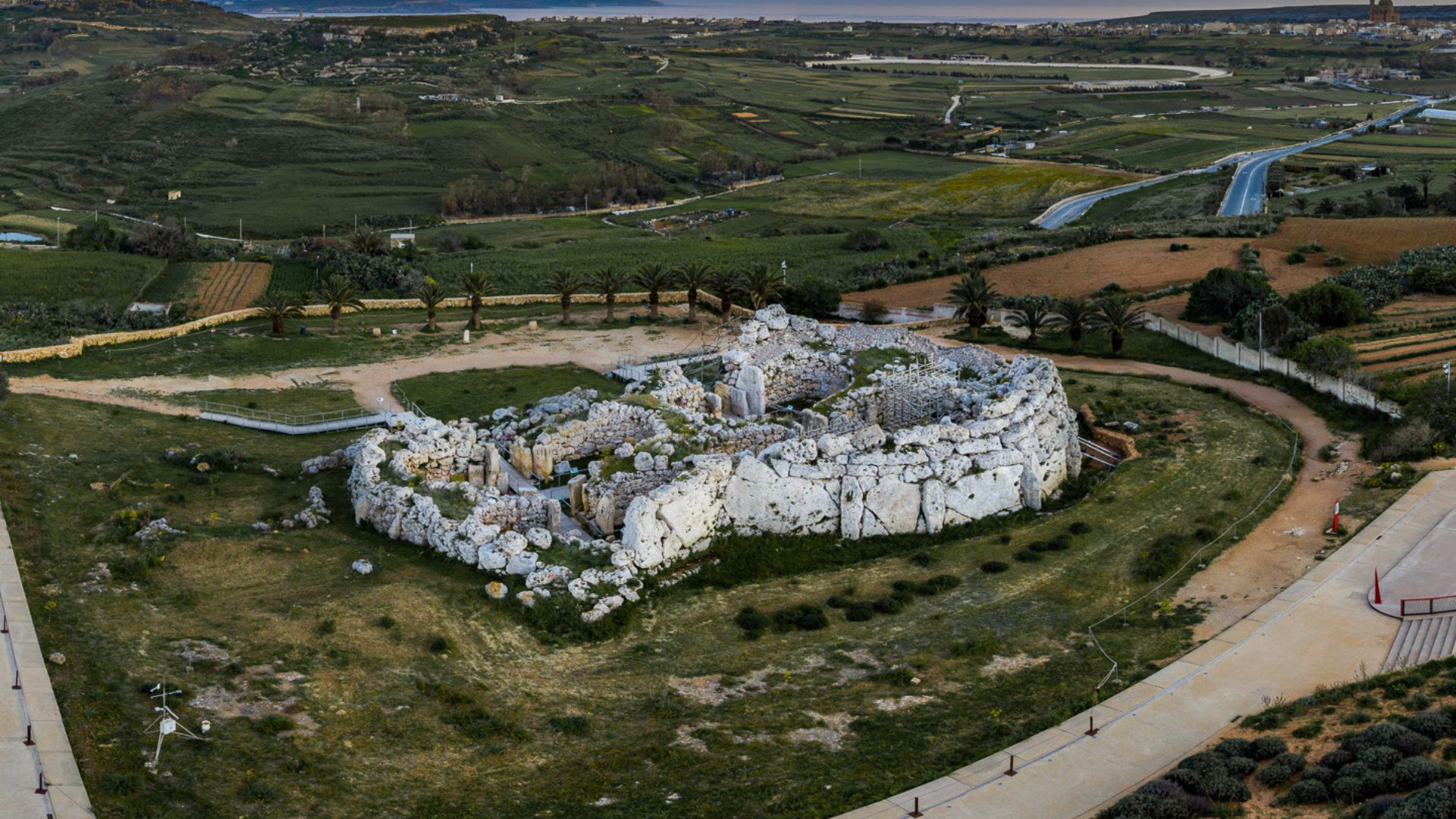
Source: Wikimedia Commons
These temples exemplify the architectural sophistication achieved by the Maltese Neolithic people, with complex layouts and evidence of ritualistic activities, including possible animal sacrifices.
Unraveling the Saflieni Phase: The Hypogeum
The Ħal Saflieni Hypogeum from the Saflieni Phase represents an extraordinary feat of ancient engineering, serving as a multi-level burial site.
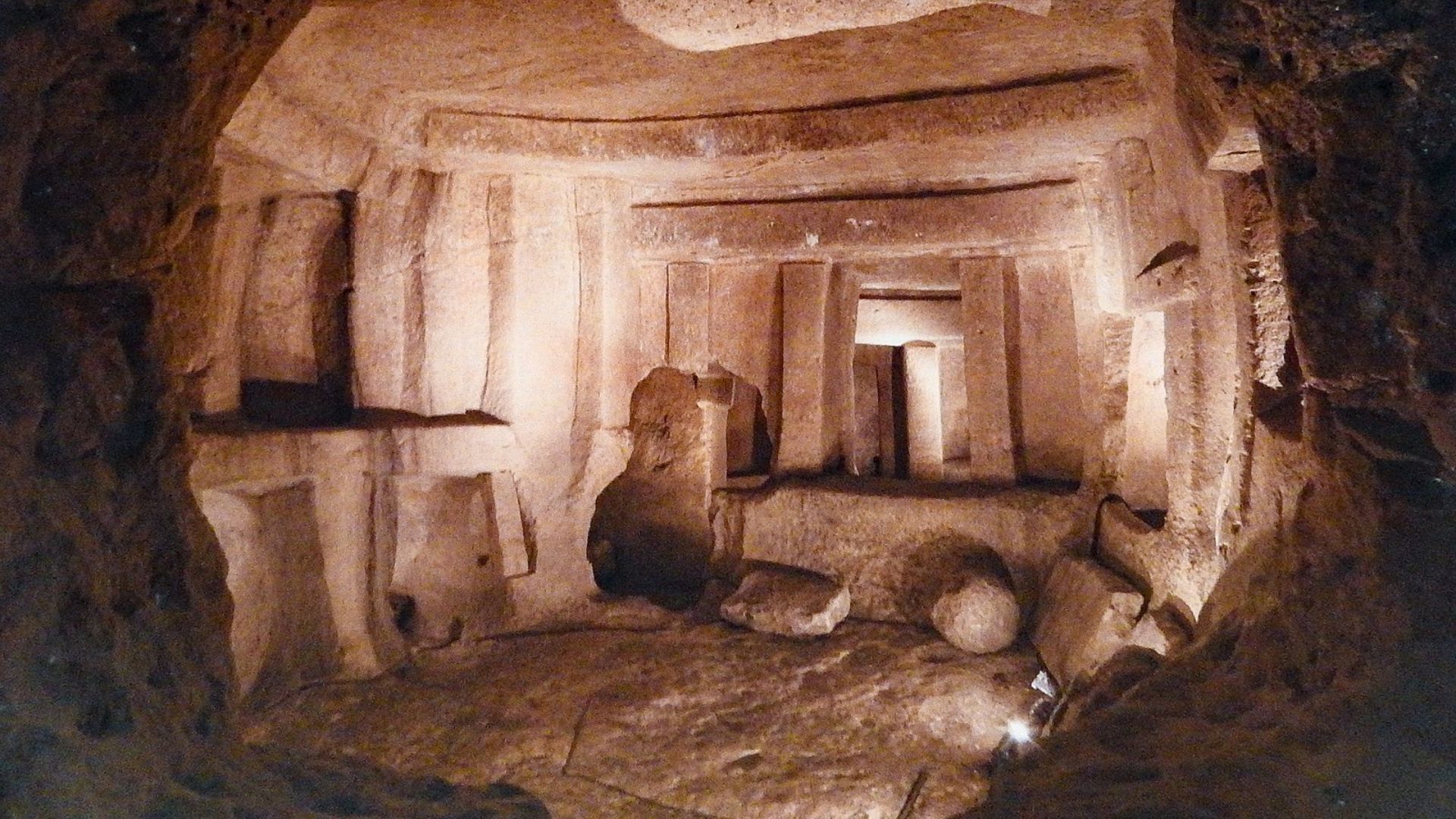
Source: WIkimedia Commons
The intricate design and decorative elements within the hypogeum, such as wall paintings and red ochre-covered bones, highlight the ceremonial importance of this site and provide insights into the burial practices of the time.
The Tarxien Temples: A Peak in Artistic and Architectural Achievement
The Tarxien Temples, attributed to the Tarxien Phase, showcase the pinnacle of temple architecture and artistry in Malta.

Source: Wikimedia Commons
These temples feature elaborate designs and detailed decorative elements, including animal reliefs and statues.
Exploring the Tarxien Phase: Artistic Endeavors
Artifacts from the Tarxien Phase, such as the “mother goddess” statues and animal reliefs, demonstrate a high level of artistic skill and suggest a rich cultural and religious life.

Source: Wikimedia Commons
The detailed workmanship and thematic consistency across these artifacts provide valuable clues about the beliefs and values of the Maltese Neolithic society.
Innovative Building Techniques
The construction of Malta’s megalithic temples, particularly during the Tarxien Phase, reveals innovative building techniques, notably the use of stone spheres to move large limestone blocks.
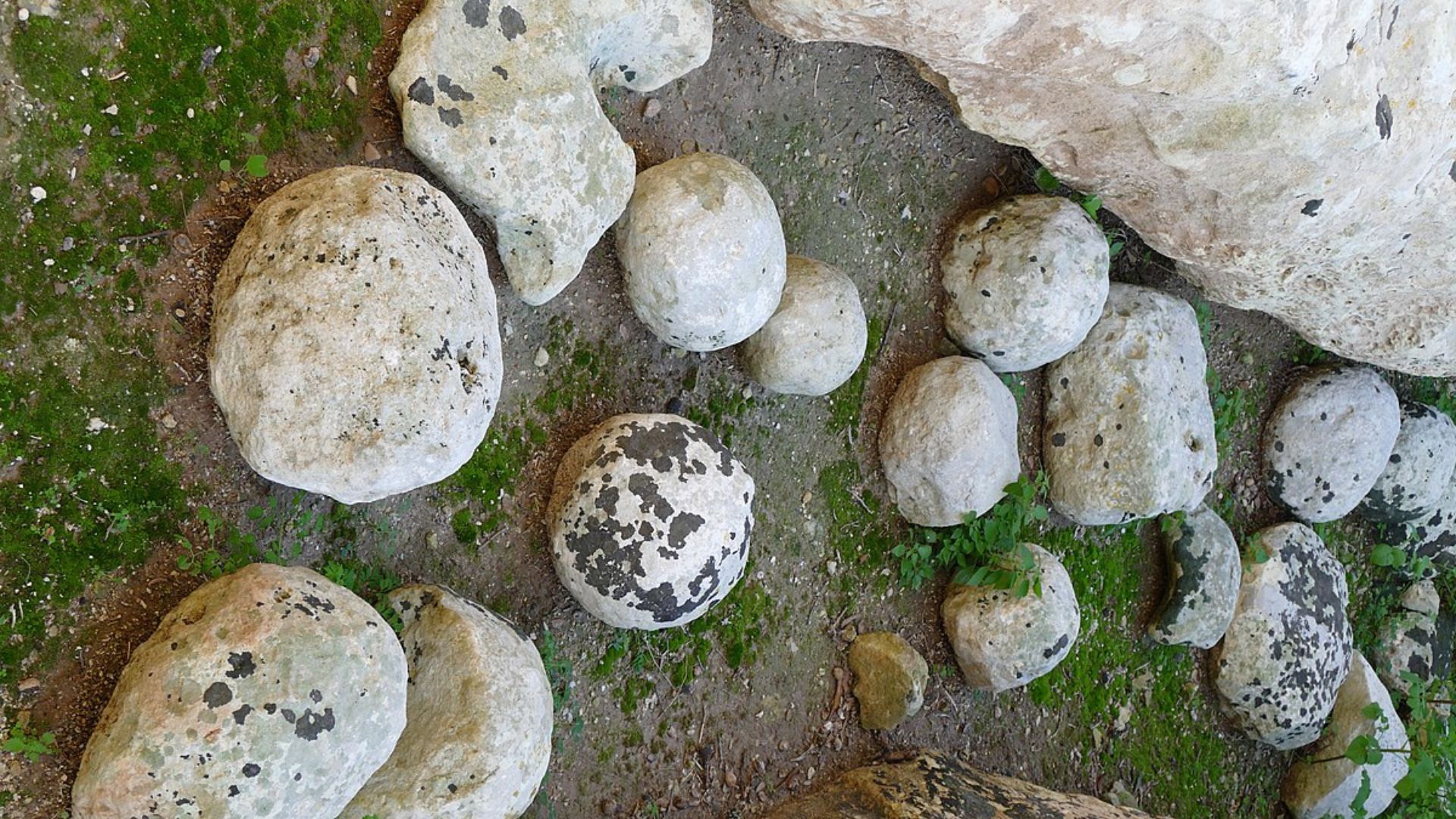
Source: WIkimedia Commons
This method illustrates the ingenuity and practical problem-solving skills of the temple builders in the absence of wheel technology.
The Mnajdra Temples' Significance
The Mnajdra Temples, especially the south temple, exhibit precise astronomical alignments, with specific architectural features oriented to capture sunlight during solstices and equinoxes.
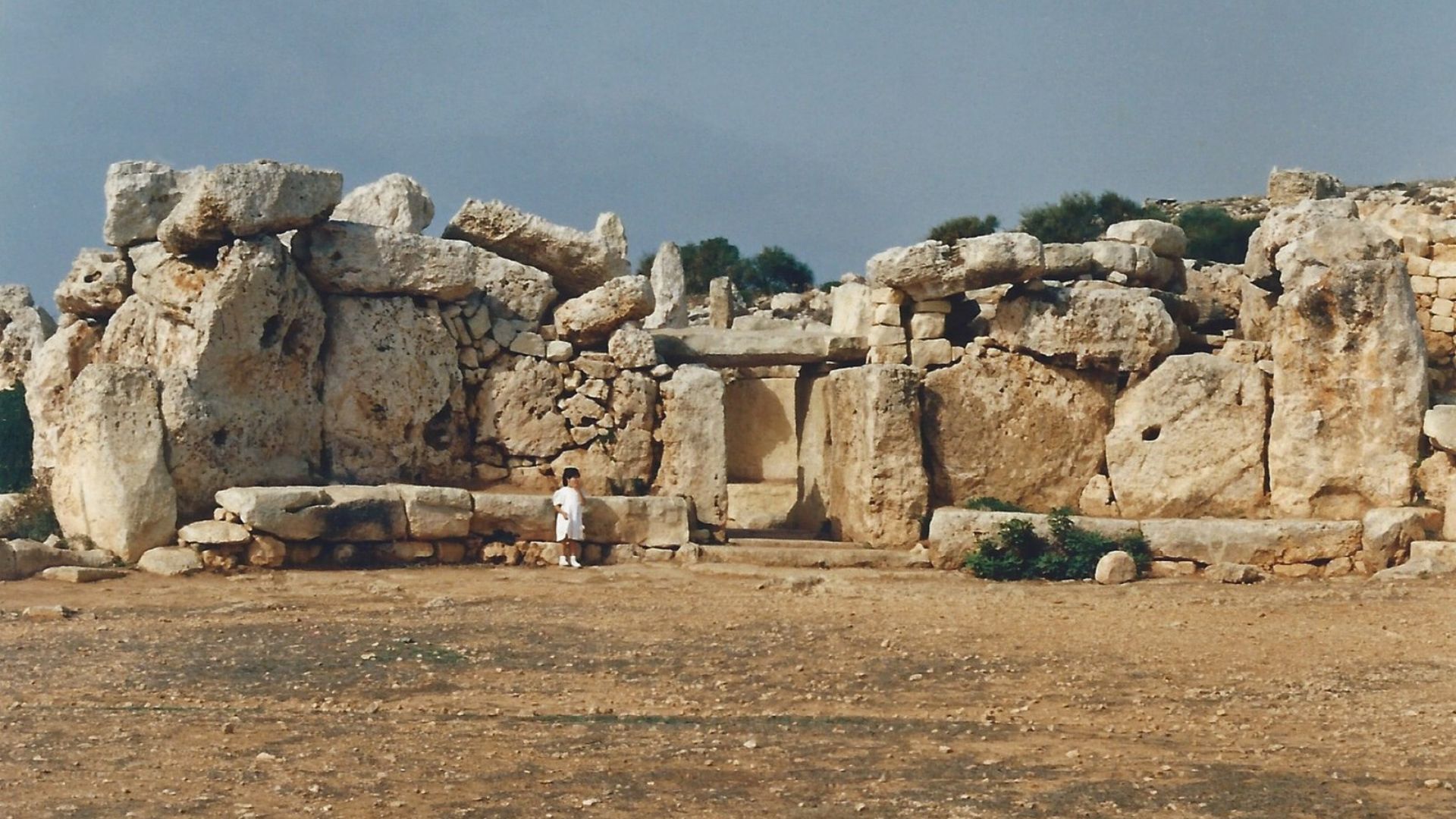
Source: Wikimedia Commons
While the exact purpose of these alignments remains a subject of speculation, they demonstrate the sophisticated understanding of celestial patterns by Malta’s ancient builders and their integration of this knowledge into sacred spaces.
The Mysteries of the Cart Ruts
Time has eroded the ruts, and history has lost the details surrounding them. Researchers are still attempting to discover how ancient cultures in Malta used these ruts and what their relationship is to them.
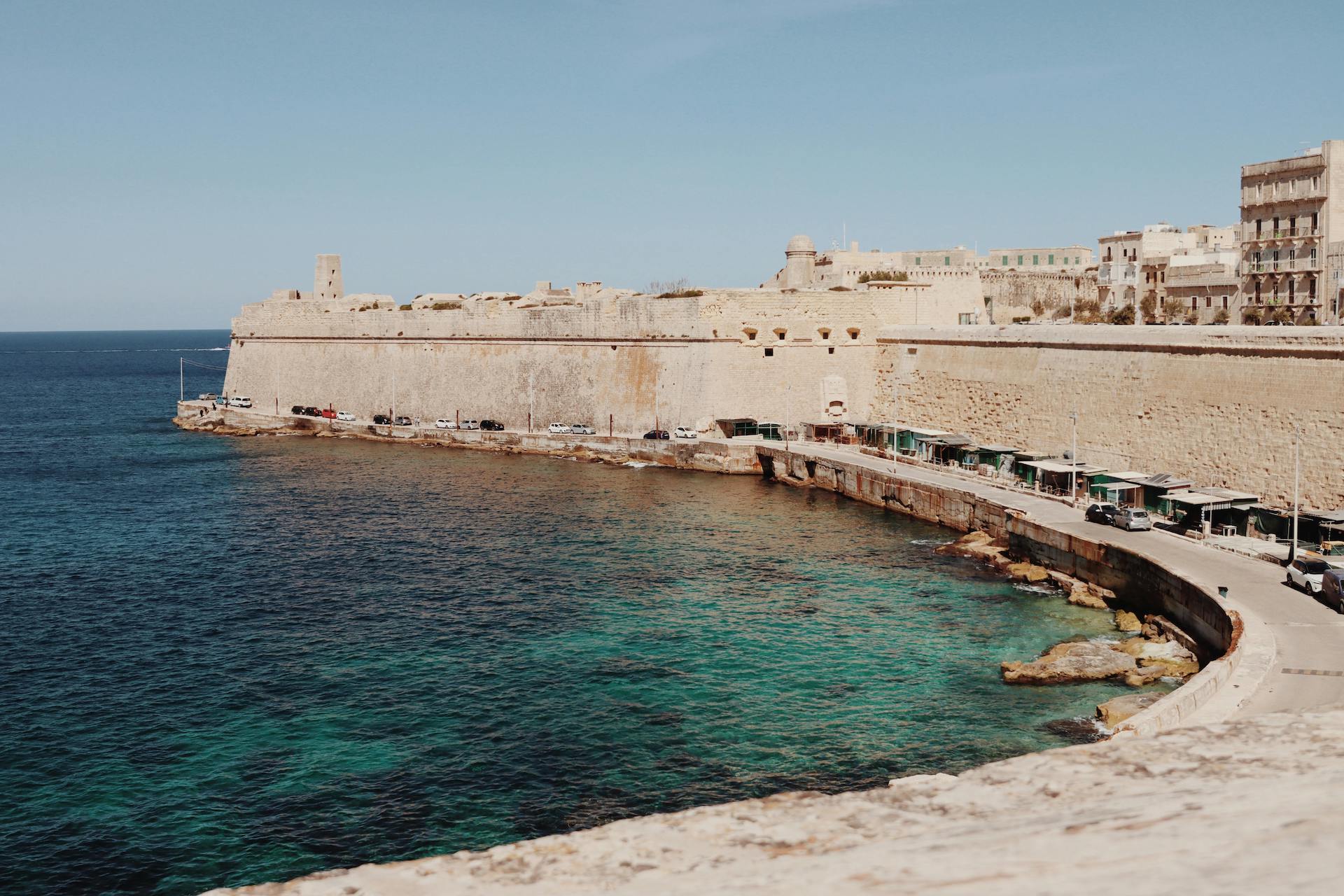
Source: Efrem Efre/Pexels
While it is obvious that the ruts played a significant role in the lives of ancient people who lived there, the secret behind the ruts may never come out.
